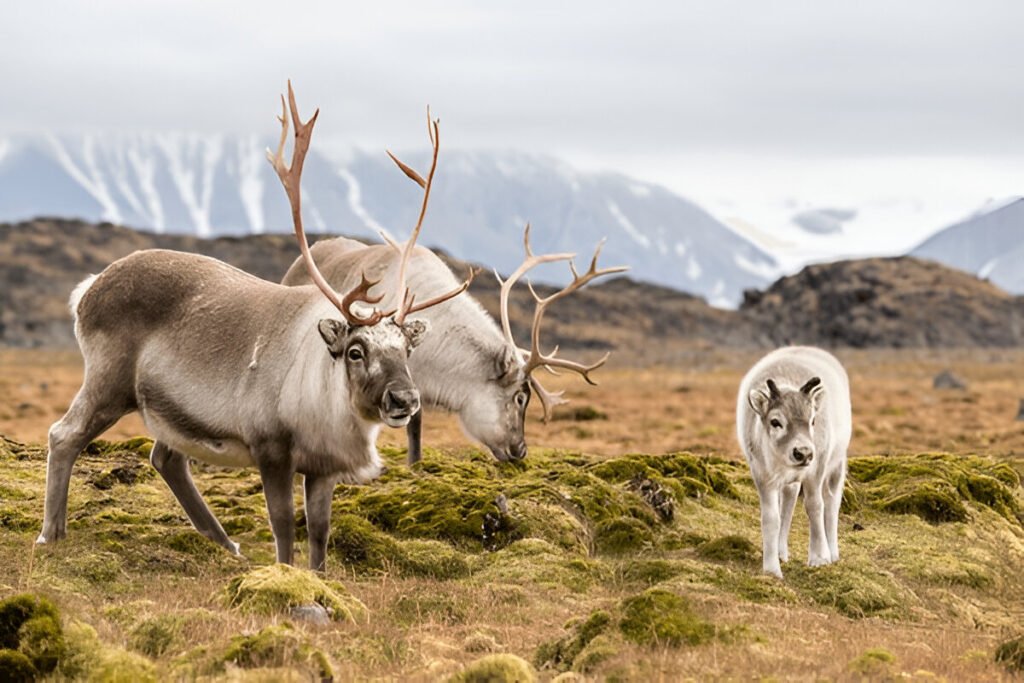Introduction
Scandinavia’s vast and varied landscapes offer some of the most breathtaking wildlife photography opportunities in the world. From the icy reaches of the Arctic to verdant forests and rugged coastlines, the region is a paradise for wildlife photographers. Whether you’re a seasoned pro or an enthusiastic amateur, the chance to capture iconic Nordic wildlife in their natural habitats is truly a once-in-a-lifetime experience.
In this blog, we’ll explore the best wildlife photography destinations across Scandinavia. We’ll highlight the best spots to see and photograph native animals such as reindeer, moose, bears, and whales, as well as tips for capturing these creatures in their natural environments.
1. Svalbard, Norway: A Polar Photographer’s Dream
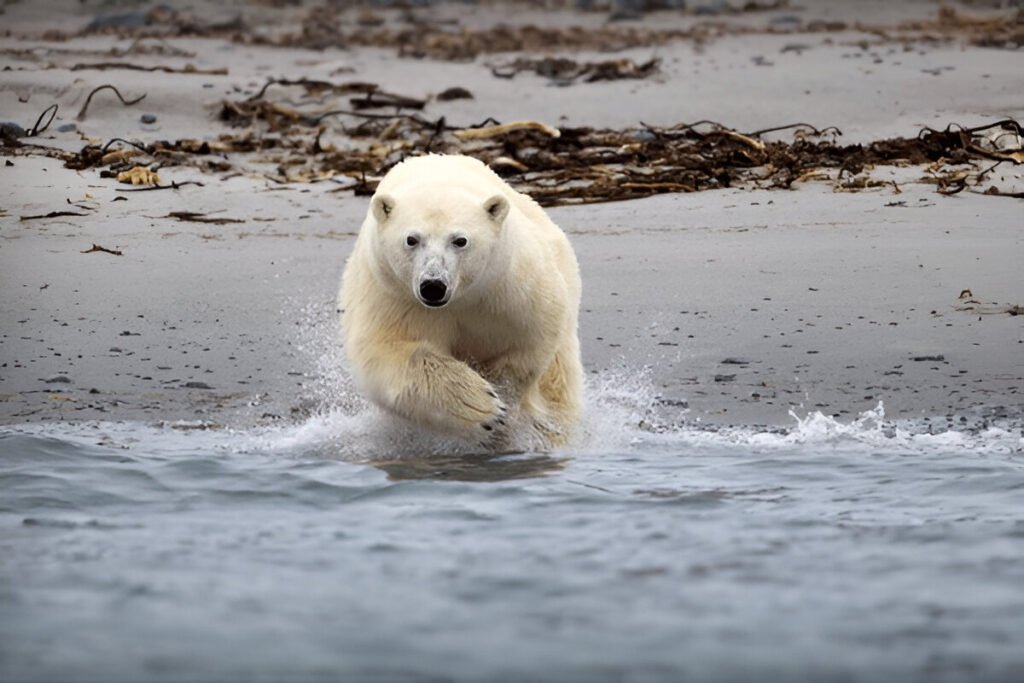
Svalbard, located halfway between Norway and the North Pole, is a wildlife photographer’s paradise. The islands are home to a rich variety of Arctic species, including polar bears, seals, reindeer, and a wealth of seabirds. The stunning, stark landscapes of glaciers, icebergs, and snow-capped mountains provide the perfect backdrop for dramatic wildlife shots.
Highlights
- Polar Bears: Svalbard is one of the best places in the world to photograph polar bears in the wild. These magnificent creatures roam the icy tundra, and photographers often capture them in their natural habitat while navigating the sea ice or hunting for seals.
- Arctic Foxes and Reindeer: In addition to polar bears, Svalbard is home to Arctic foxes and Svalbard reindeer, both of which are ideal subjects for wildlife photographers.
- Seabirds: The islands are also known for their seabird colonies, including puffins, guillemots, and kittiwakes, which provide dynamic and colorful shots.
Tips
- Travel to Svalbard during the polar summer (May to August) to capture wildlife in the 24-hour daylight. However, keep in mind that some animals, such as polar bears, are more active in the cooler months, from late winter to early spring.
- Take guided wildlife photography tours for the best chance to spot elusive species and get tips on capturing the perfect shot.
2. Abisko National Park, Sweden: Majestic Landscapes and Moose
Located in Swedish Lapland, Abisko National Park is renowned for its spectacular mountain scenery and diverse wildlife. The park is a top destination for photographers seeking to capture the beauty of the Nordic wilderness. It is also one of the best places in Sweden to photograph the iconic moose, the country’s largest land mammal.
Highlights
- Moose: Abisko is one of the best places to photograph moose, especially in the early morning and late evening when they are most active. The dense forests and wetlands of the park provide the perfect environment for these large, majestic creatures.
- Birdlife: The park is home to a variety of bird species, including golden eagles, which make for dramatic wildlife photography subjects against the park’s towering mountains and sweeping valleys.
- The Northern Lights: For those visiting in the winter months, Abisko offers a rare opportunity to capture the Northern Lights in the same shot as wildlife. The dark skies of the park, combined with the surrounding mountains, create a stunning setting for aurora photography.
Tips
- For moose photography, hike the trails at dawn or dusk when the animals are most active. Bring a long lens (200mm or more) to capture the animals without disturbing them.
- If you’re visiting to photograph the Northern Lights, bring a sturdy tripod and set up in open areas to maximize your chances of getting the perfect shot.
3. The Swedish and Norwegian Border: Brown Bears and Wolves
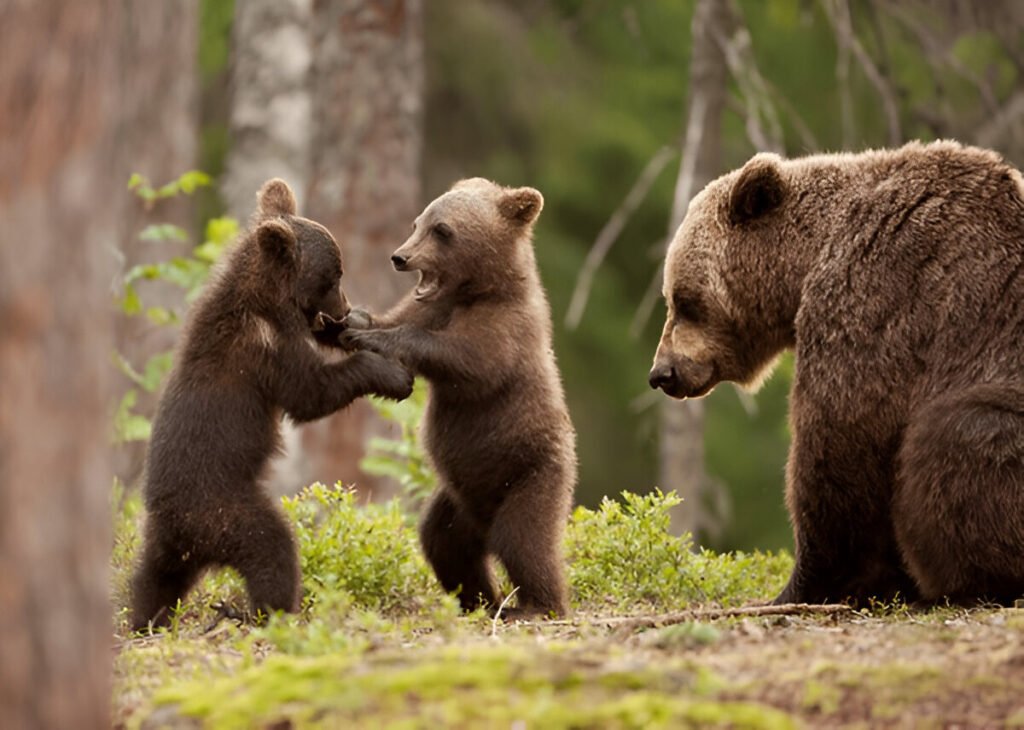
The remote forests along the border between Sweden and Norway are known for their abundant wildlife, including the elusive brown bear and wolf. These areas, such as the Grums Wildlife Reserve and the Fulufjället National Park, offer some of the best opportunities to photograph large predators in their natural habitats.
Highlights
- Brown Bears: The dense forests along the Swedish-Norwegian border are home to a healthy population of brown bears, which can often be seen foraging or resting in the woods. The best time to photograph them is in late spring or early summer when they are most active after emerging from hibernation.
- Wolves: Wolves are much harder to spot, but the region’s expansive wilderness is one of the few places where photographers can capture images of these elusive predators. The best way to photograph wolves is to stay in wildlife hideouts or use remote camera traps.
- Other Wildlife: In addition to bears and wolves, the region is also home to lynx, reindeer, and a wide variety of birds, providing ample opportunities for diverse wildlife photography.
Tips
- Use professional wildlife photography tours to help you track the movements of bears and wolves. Local guides know the best spots and times for sightings.
- Patience is key when photographing these animals, so bring a long lens and be prepared for long hours in the field.
4. Dovrefjell National Park, Norway: Musk Oxen and Mountain Wildlife
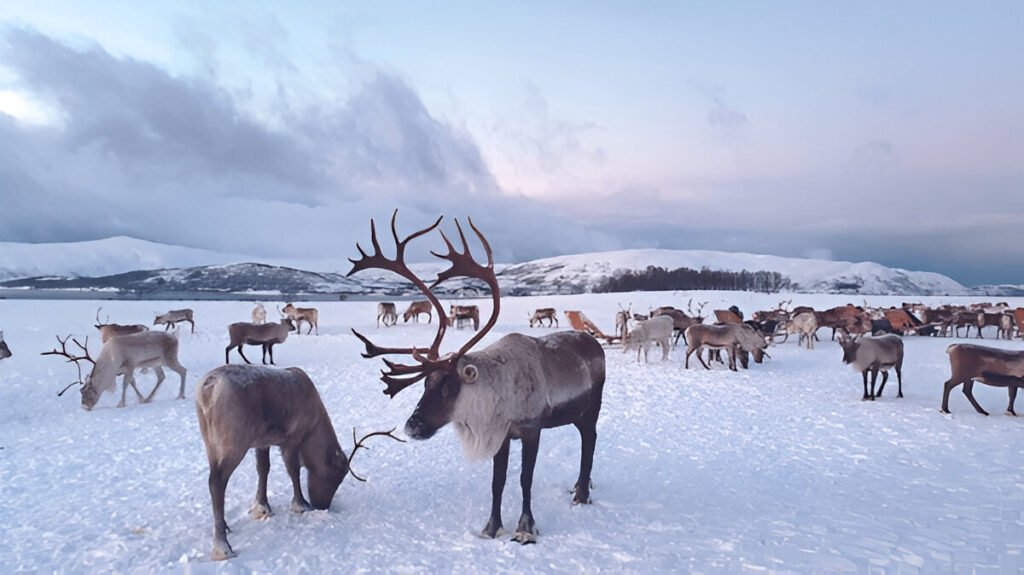
Dovrefjell National Park is located in central Norway and is famous for its rugged terrain and rich wildlife. It is one of the few places in Scandinavia where you can photograph musk oxen, a prehistoric species that once roamed the ice age tundra.
Highlights
- Musk Oxen: These prehistoric animals, with their shaggy coats and impressive horns, make for striking photography subjects. The best way to capture them is on a guided trek through the park, where you can observe them in their natural habitat.
- Wild Reindeer and Eagles: The park is also home to wild reindeer and golden eagles, providing ample opportunities for wildlife shots that showcase the vastness of the Norwegian wilderness.
- Breathtaking Landscapes: The stunning landscapes of Dovrefjell, with its dramatic mountains and wide, open spaces, provide the perfect backdrop for capturing wildlife in its natural environment.
Tips
- Travel to Dovrefjell in the summer months when the weather is mild and wildlife is most active. During the winter, the park becomes a serene, snow-covered paradise, ideal for landscape and animal photography.
- Pack a telephoto lens to capture the musk oxen and other wildlife from a distance without disturbing them.
5. Kainuu, Finland: Wolves, Lynx, and Forests
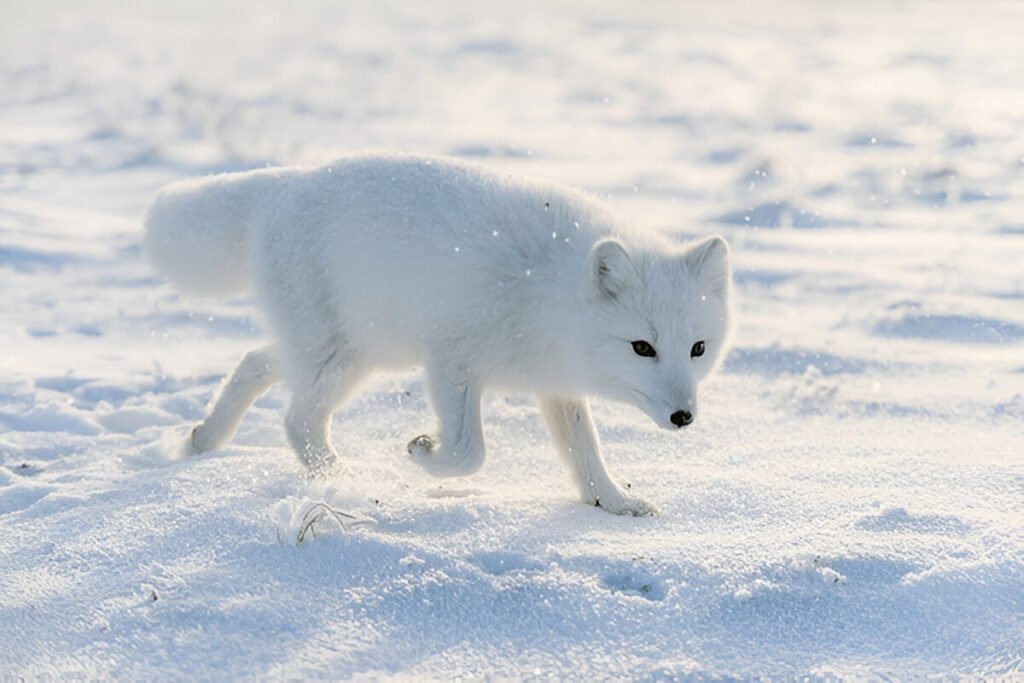
Kainuu, located in the heart of Finnish Lapland, is a vast, pristine wilderness that offers some of the best opportunities in Finland for photographing wolves, lynx, and other forest animals. The region’s dense forests, marshes, and lakes provide a perfect setting for capturing these elusive predators.
Highlights
- Wolves and Lynx: Kainuu is one of Finland’s top wildlife photography destinations for capturing wolves and lynx. These animals are difficult to spot, but with the right timing and patience, photographers can get incredible shots of them in their natural habitats.
- Birdwatching: The area is also great for bird photography, with species like owls, eagles, and grouse frequenting the region.
- Winter Wonderland: In winter, Kainuu transforms into a snowy landscape, providing opportunities for stunning winter wildlife shots.
Tips
- Hire local guides or stay in wildlife hides for the best chance of spotting wolves and lynx.
- For winter photography, be sure to dress warmly and invest in a high-quality camera bag to protect your gear from the cold.
6. Lofoten Islands, Norway: Whales and Seabirds
The Lofoten Islands, located above the Arctic Circle in northern Norway, are known for their dramatic landscapes and rich marine life. This archipelago offers some of the best opportunities for photographing whales, seabirds, and coastal wildlife.
Highlights
- Whales: Lofoten is one of the best places in the world to photograph whales, particularly during the winter months when orcas and humpback whales migrate through the region’s waters.
- Seabirds: The islands are home to vast seabird colonies, including puffins, cormorants, and kittiwakes, making it an excellent destination for bird photographers.
- Scenic Backdrops: The rugged, snow-capped mountains and crystal-clear waters of the Lofoten Islands provide a stunning backdrop for wildlife photography.
Tips
- Plan your trip during the winter months (November to February) for the best chances of spotting and photographing whales.
- Bring waterproof gear for both yourself and your camera to handle the unpredictable weather of the region.
Conclusion
Scandinavia is a treasure trove of wildlife photography opportunities, from the Arctic tundra of Svalbard to the lush forests of Finland. Whether you’re capturing polar bears, wolves, musk oxen, or seabirds, the region offers some of the most dramatic and diverse wildlife photography settings in the world.
By visiting these incredible destinations and following the tips provided, you can ensure that your photography experience in Scandinavia is not only rewarding but unforgettable. From the towering mountains of Norway to the remote wilderness of Sweden and Finland, Scandinavia’s wildlife and landscapes are waiting to be captured.



